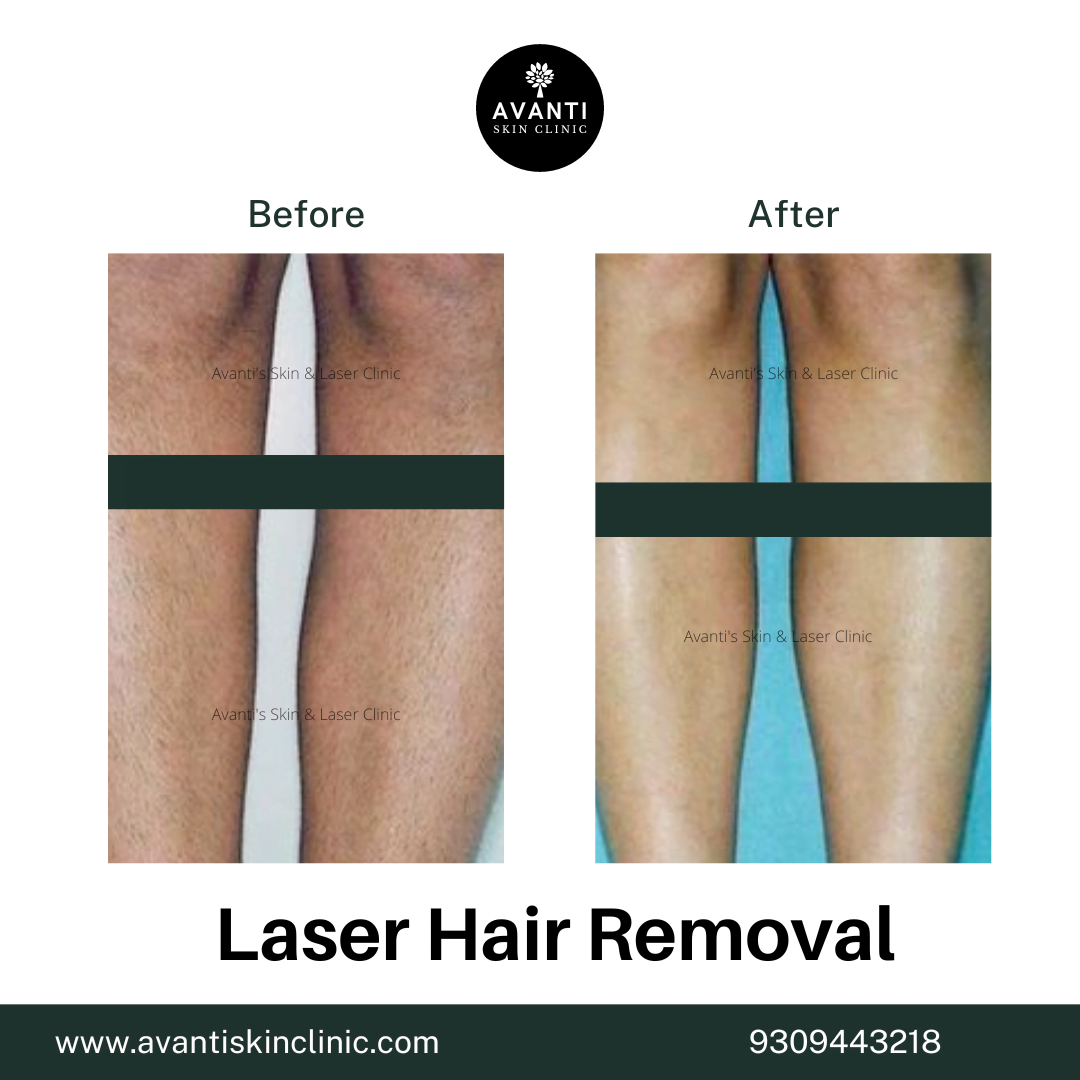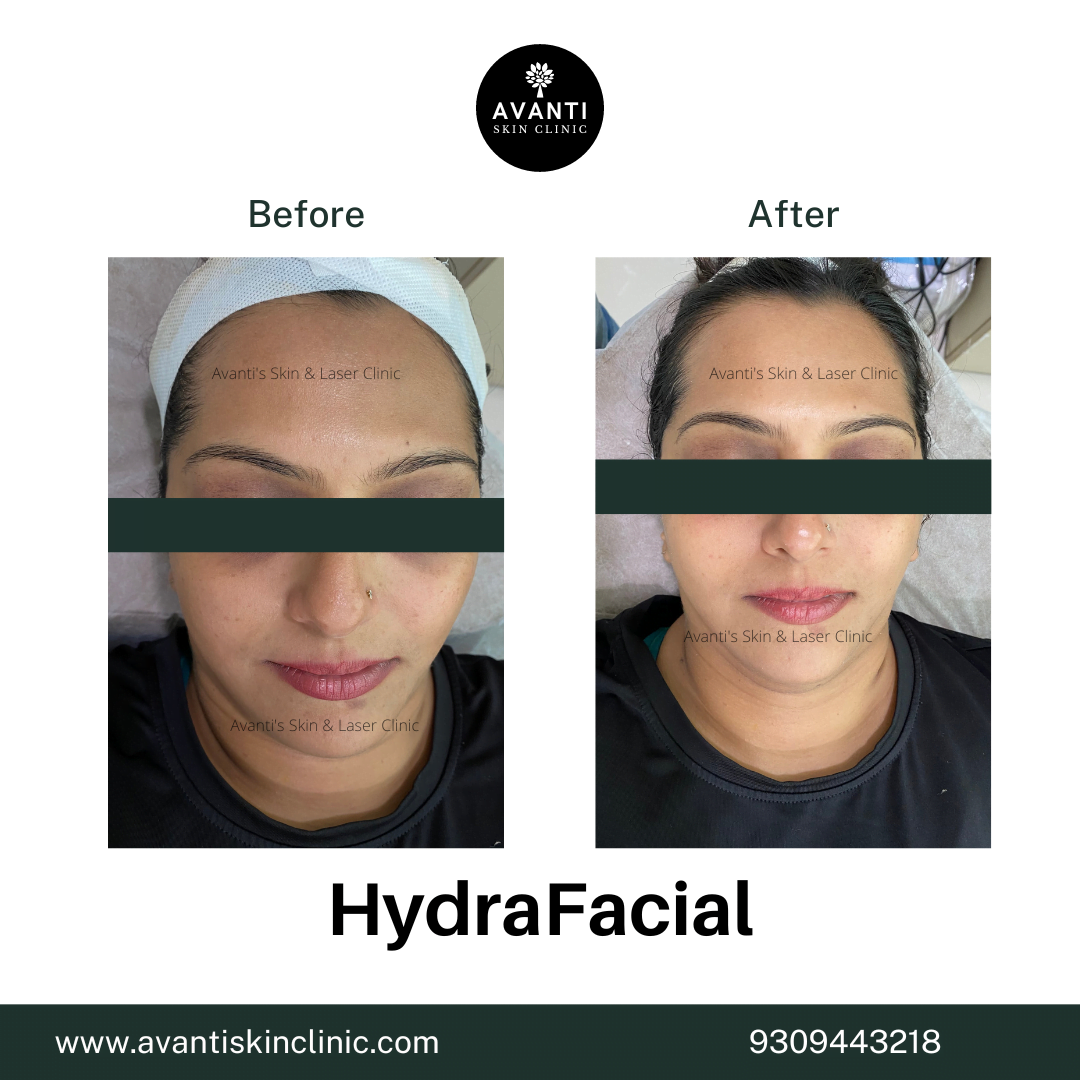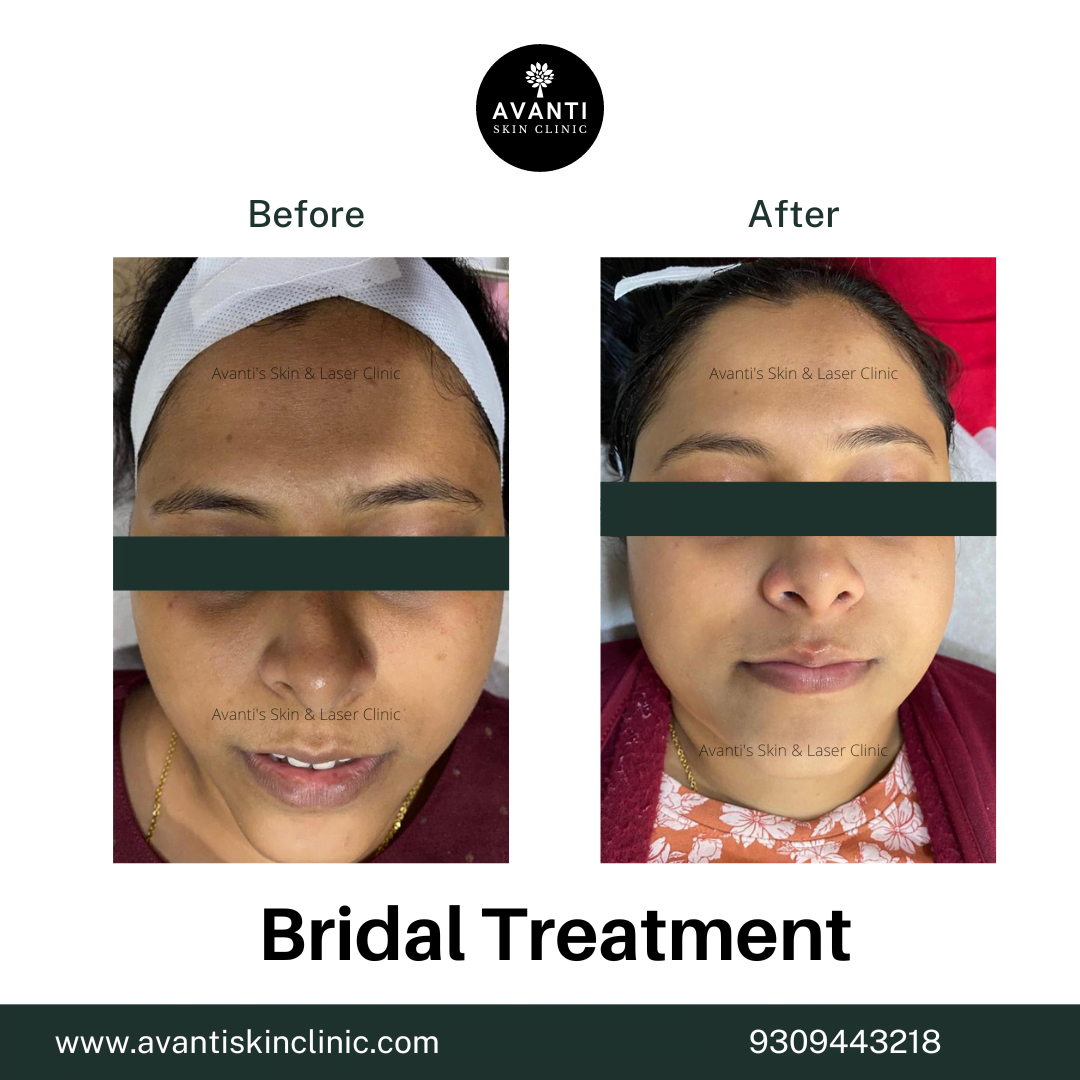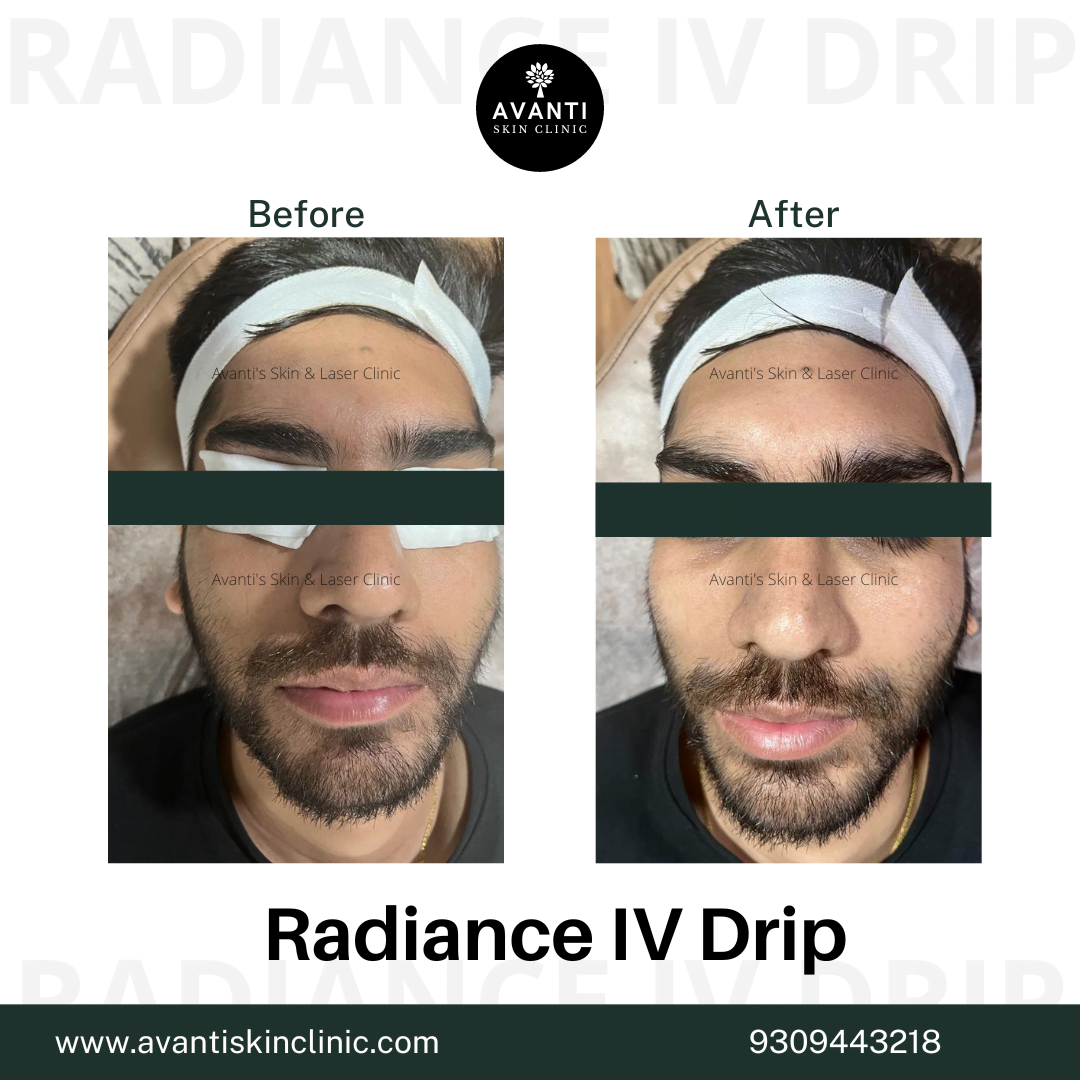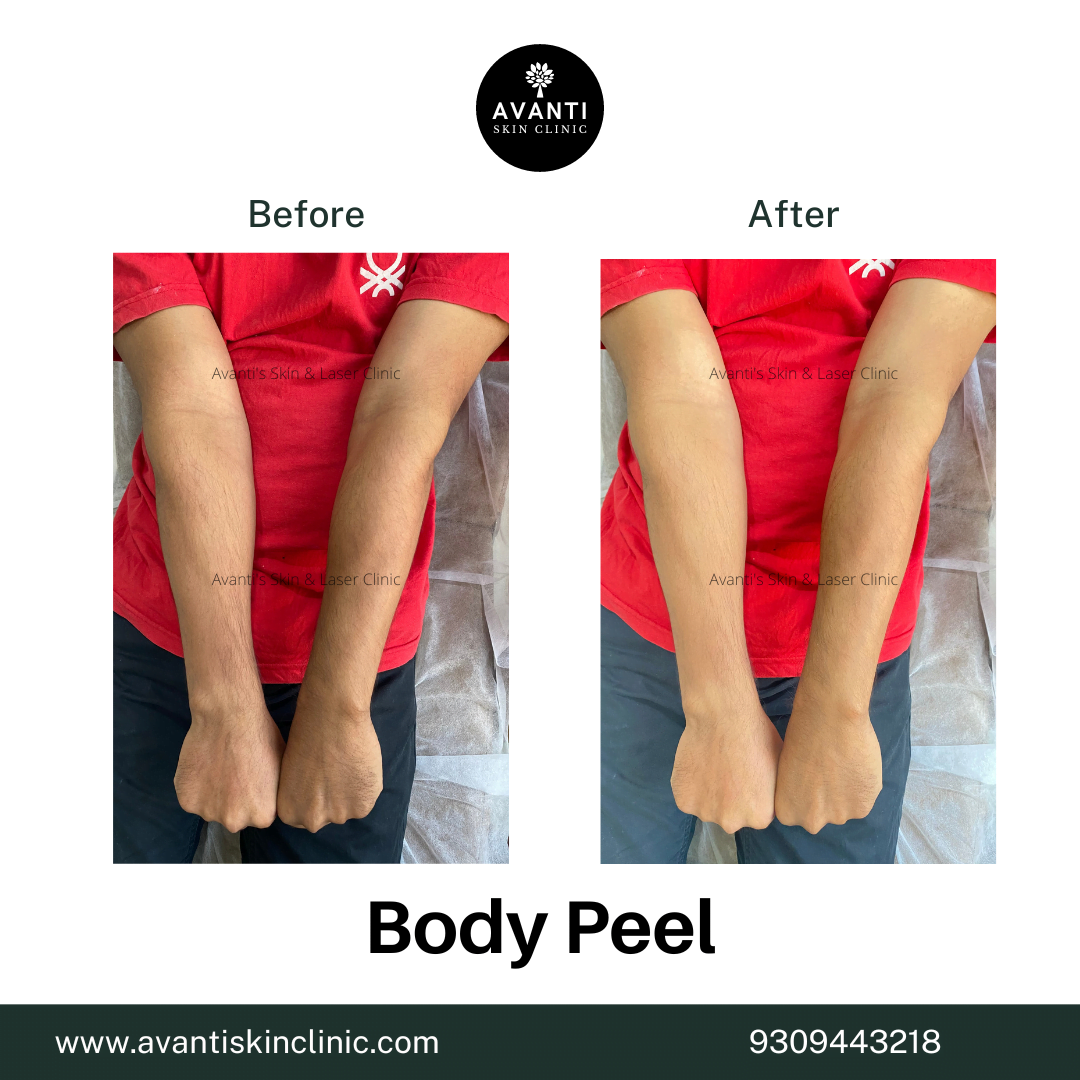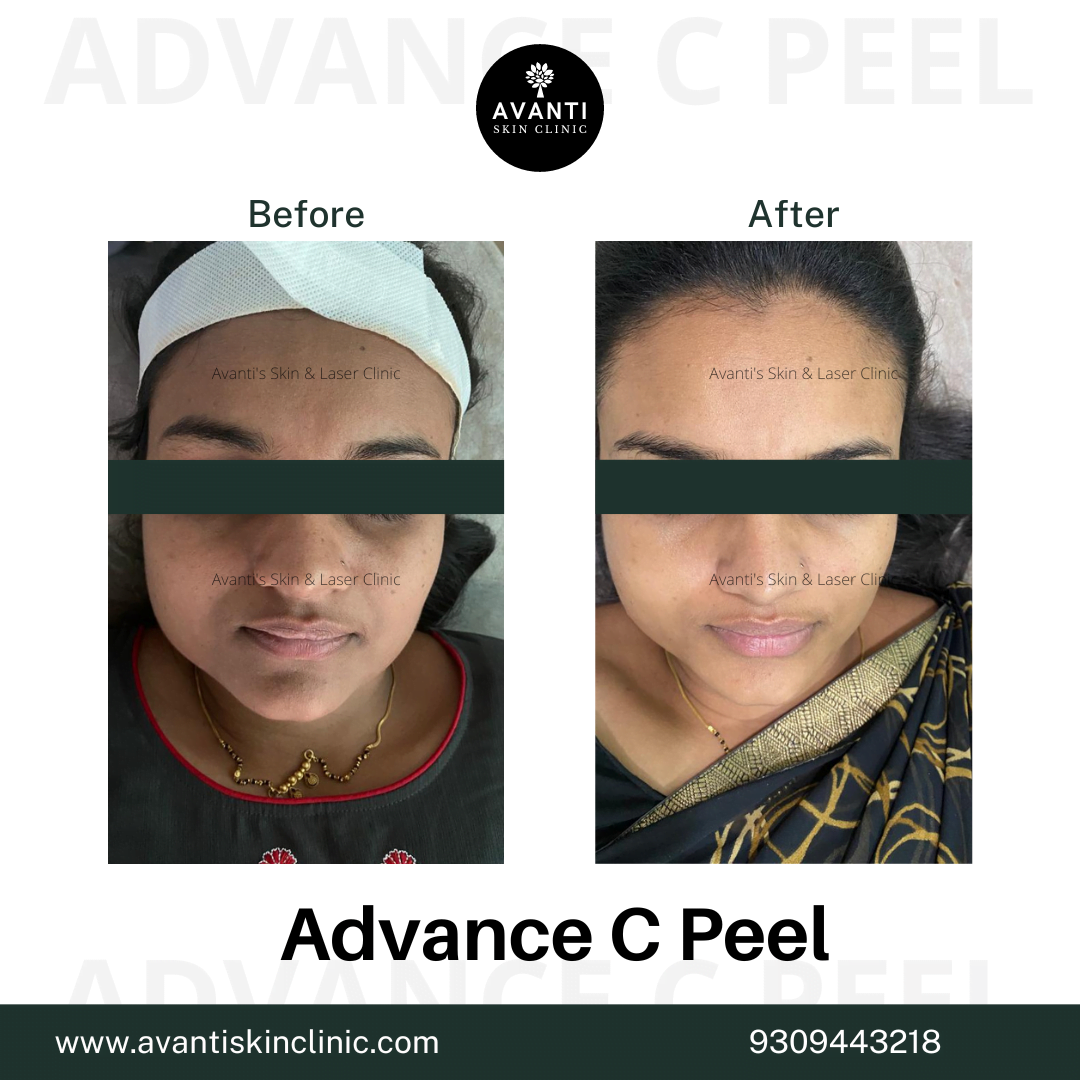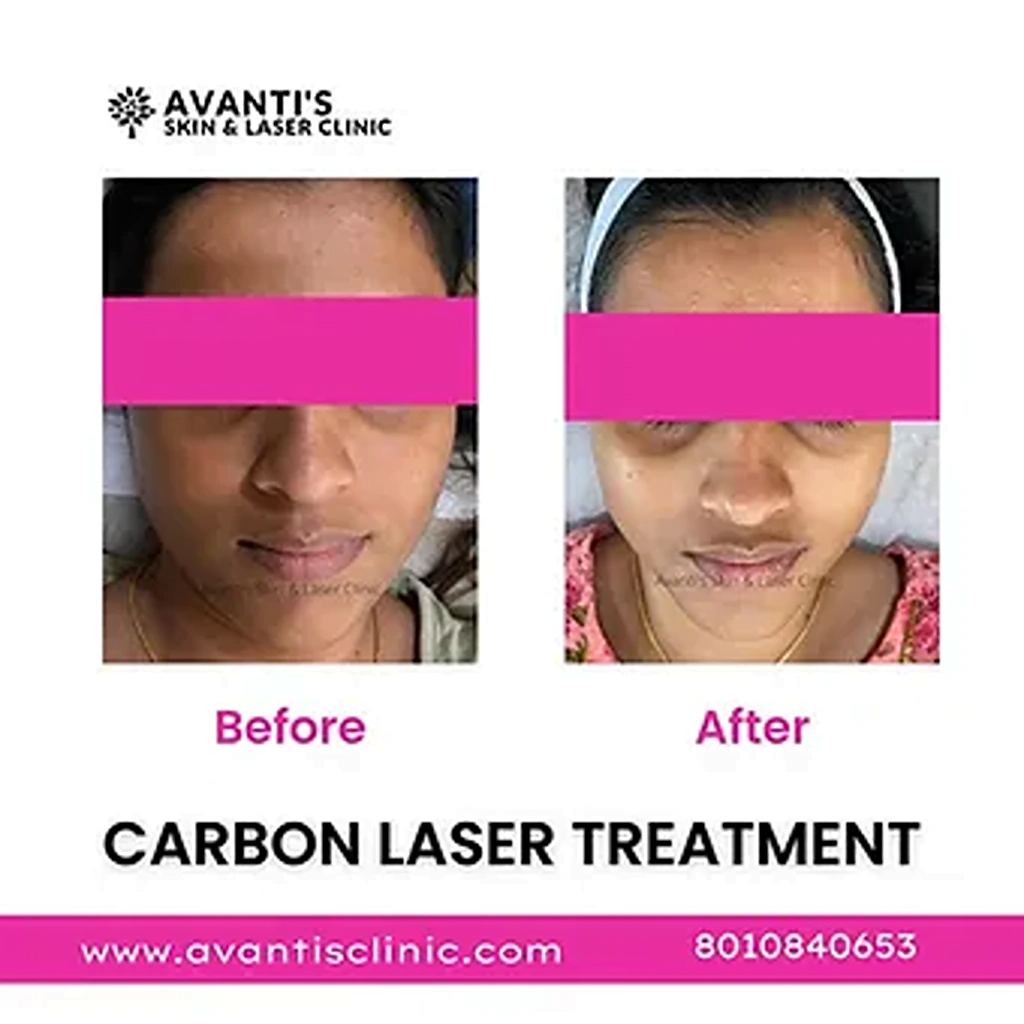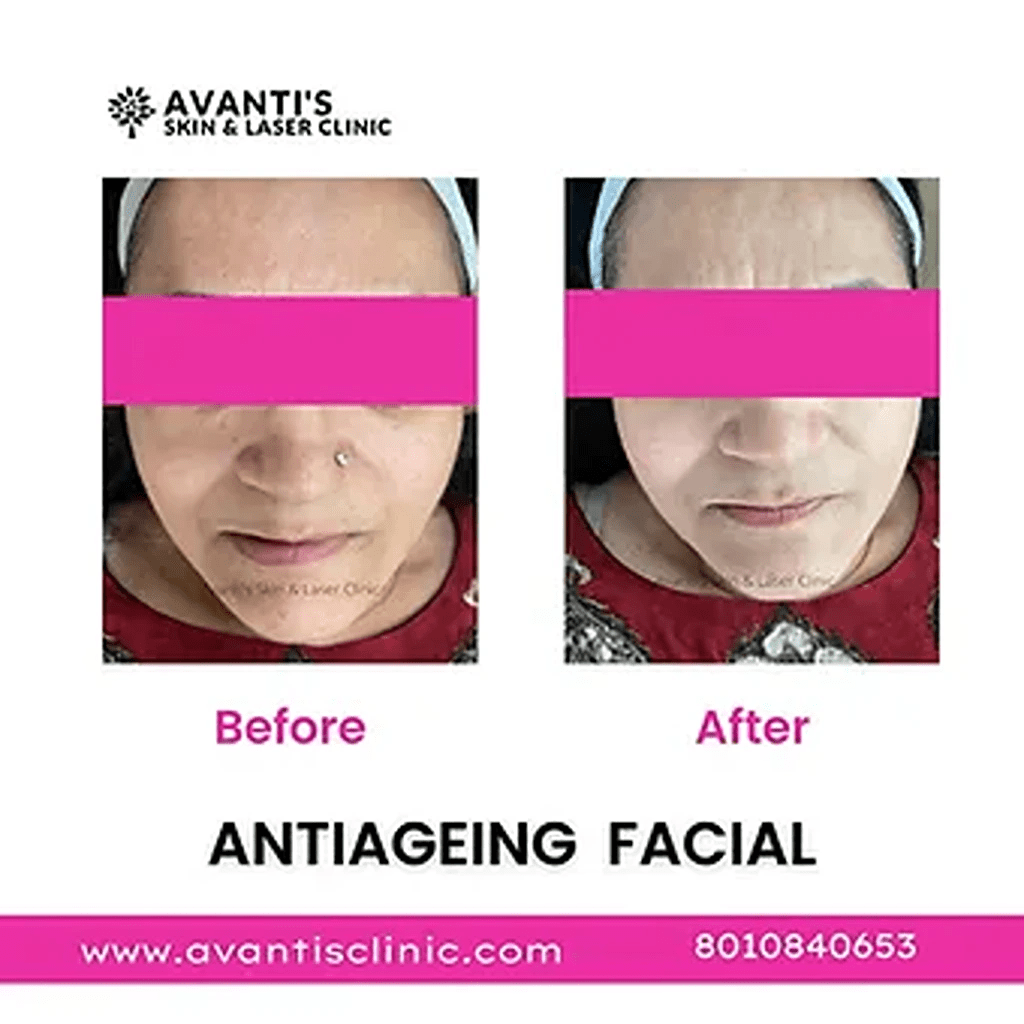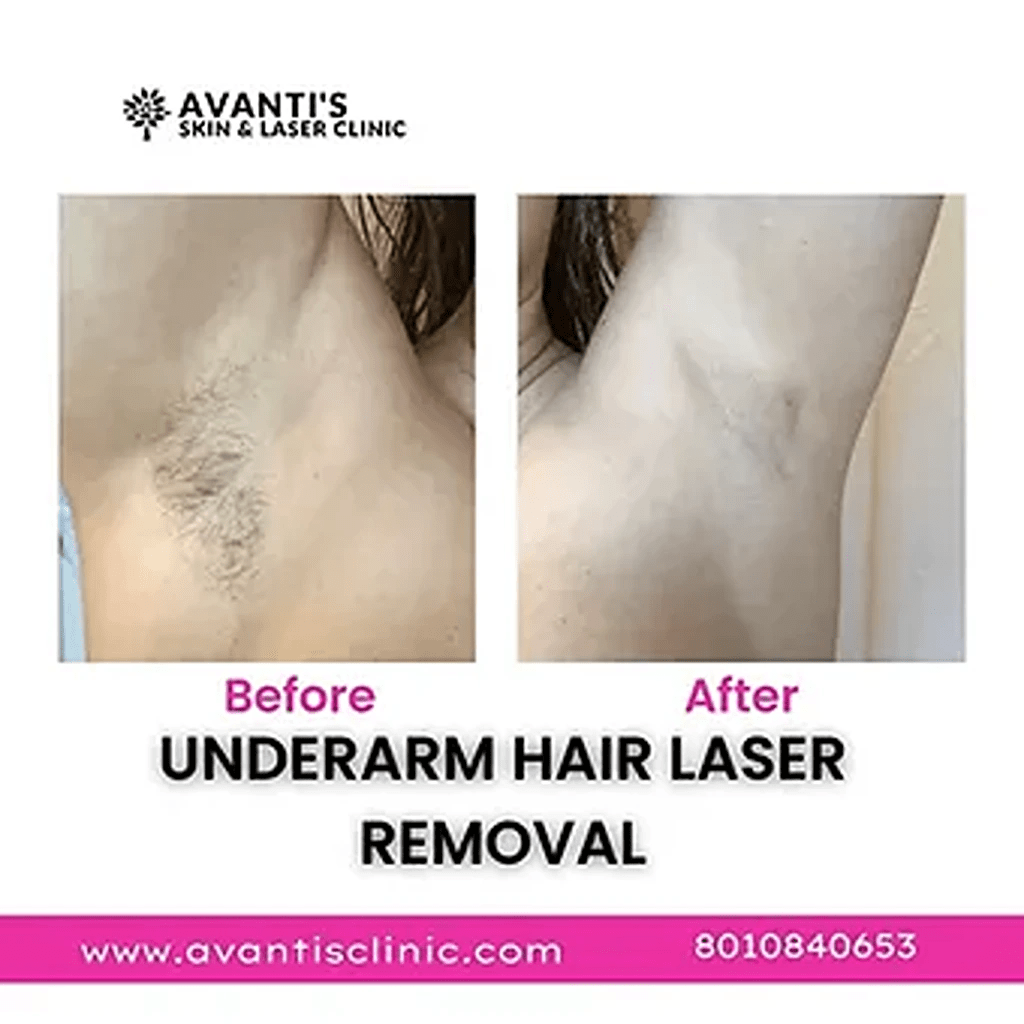Chemical Peel for Bacne: A Solution for Clearer Skin
Back acne—often nicknamed bacne—is more than a cosmetic concern. It can be painful, persistent, and emotionally distressing. Whether it’s caused by clogged pores, sweat, friction from clothing, or hormonal imbalances, bacne is notoriously difficult to treat. However, one increasingly popular treatment that dermatologists are recommending is the chemical peel for bacne.
In this article, we’ll explore what causes bacne, how chemical peels work, and whether they’re suitable for addressing both active acne and long-term scars.
What Bacne?
Acne that appears on your back is known as “bacne.” It results in pimples that show up as blackheads, whiteheads, or red bumps. These zits can be painful, bothersome, and ugly.
When bacteria, oil, debris, and dead skin cells clog your skin’s pores, acne results. When perspiration gets caught beneath a shirt or other athletic clothing while exercising or engaging in other demanding activities, back acne typically occurs. Your perspiring skin is rubbed against clothing, which causes or exacerbates zits.
Back acne can be resolved with a number of over-the-counter and prescription medications. However, the skin may not clear for several months.
Who may develop bacne?
Acne can return to anyone. People of all sexes and at any age may experience it. However, young men and teenagers are more likely to have it.
What is the prevalence of back acne?
In India, acne is one of the most prevalent skin ailments. It could appear anywhere on your body. Acne usually shows up on your face. However, your back, shoulders, chest, neck, and bottom are all frequently affected.
Causes and Symptoms
What leads to acne on the back?
Similar to other forms of zits, back acne can develop. Sweat, dead skin cells, debris, and an oil called sebum clog your skin’s pores, which are microscopic holes. Sebum is produced by your body to prevent excessive dryness of your skin and hair.
Clogged pores can occur if your body produces too much sebum or if you don’t adequately cleanse your skin. This may happen as a result of:
-Family history: If acne runs in your family, you’re more likely to have pimples.
-Friction: Back acne can be aggravated or caused by shirts, backpacks, athletic gear, and other items of clothing that come into contact with perspiration.
-Hormones: As your hormone levels fluctuate throughout pregnancy or puberty, acne outbreaks are more likely to occur.
-Medication: Some medications, such as corticosteroids, can either induce or exacerbate back acne.
-Poor personal hygiene: When oil from filthy hair rubs against the back, acne can return. Unclean clothes, towels, or bedding can also cause back acne.
-Skin care products: Some creams and lotions can cause acne by clogging pores.
-Stress and anxiety: Your body produces more cortisol when you’re under a lot of stress or anxiety. Your body creates more sebum as your cortisol levels increase.
Sweat that becomes caught between your skin and your clothes is known as trapped sweat. Your pores may become clogged as a result. Back acne is more likely to develop in people who have hyperhidrosis, or excessive perspiration.
How Does a Chemical Peel for Bacne Work?
The primary goal of a chemical peel for bacne is to unclog pores, reduce inflammation, and exfoliate dead skin cells that contribute to breakouts. The acids penetrate the skin, breaking down the bond between old skin cells and accelerating cell turnover.
Here’s how it helps:
- Reduces excess oil: Helps control sebum production
- Fights bacteria: Some acids have antibacterial properties
- Exfoliates deeply: Removes built-up dead skin and debris
- Stimulates regeneration: Encourages new skin to form, improving tone and texture
Types of Chemical Peels for Bacne
There are different grades of chemical peels available, each offering varying levels of intensity and depth:
1. Superficial Peels
- Mildest option
- Typically uses glycolic or salicylic acid
- Great for treating mild bacne and preventing future breakouts
2. Medium Peels
- Penetrates deeper into the dermis
- Often uses TCA or a combination of acids
- Suitable for moderate acne and pigmentation
3. Deep Peels
- Reserved for severe scarring
- Requires downtime and must be administered by a professional
- Offers dramatic results
The choice of peel depends on your skin type, acne severity, and specific goals—whether it’s reducing active breakouts or targeting scars.
Who Is an Ideal Candidate?
A chemical peel for bacne is generally safe for most skin types, but it’s especially beneficial for those who:
- Have mild to moderate bacne
- Experience recurring breakouts
- Want to lighten post-acne marks
- Seek non-invasive, professional treatments
However, it may not be suitable for people with certain skin conditions like eczema, psoriasis, or active skin infections. Always consult a certified dermatologist before beginning treatment.
Conclusion
Back acne can be frustrating and difficult to treat, but a chemical peel for bacne offers a clinically proven way to combat breakouts and improve skin texture. Whether you’re tackling stubborn acne or seeking to erase lingering scars, this treatment is a powerful tool in the journey towards clearer, smoother skin.
As with any skin treatment, professional advice and consistent care are key. With the right approach, you can regain confidence in your skin, starting with your back.
Frequently Asked Questions
Most superficial and medium peels are safe for a range of skin types, but always consult a professional first.
Usually, 3–6 sessions spaced a few weeks apart are recommended for best results.
Yes, especially medium to deep peels can significantly improve the appearance of old scars over time.
It’s best to avoid excessive sweating for at least 24–48 hours after treatment to prevent irritation.
Yes, especially medium to deep peels can significantly improve the appearance of old scars over time.
Improvements can be long-lasting, especially with good skincare habits, but maintenance treatments may be needed.
Yes, many people combine peels with microneedling or laser therapy for enhanced results, under professional guidance.

